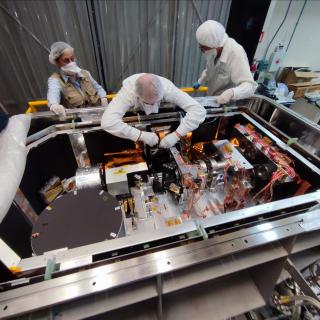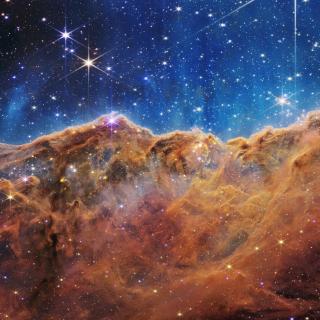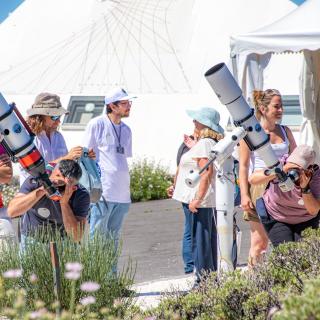El Consejo de la Red Española de Supercomputación (RES), presidido por el Ministerio de Economía y Competitividad, ha aprobado la incorporación de cinco nuevos nodos a su red. Los supercomputadores Finis Terrae II, del Centro de Supercomputación de Galicia (CESGA); Pirineus, del Consorcio de Servicios Universitarios de Cataluña (CSUC); Lusitania, de la Fundación Computación y Tecnologías Avanzadas de Extremadura; Caléndula, del Centro de Supercomputación de Castilla y León, y Cibeles, de la Universidad Autónoma de Madrid, se suman a la RES gracias a este acuerdo.
El Consejo, reunido hoy por primera vez, ha aprobado además la suscripción de un convenio multilateral entre las entidades participantes para mejorar su operatividad. Esta iniciativa supone un acuerdo fundamental para la coordinación de la supercomputación en España, elemento clave en el desarrollo científico y tecnológico del país. Esta coordinación incrementa tanto la excelencia del conjunto de la RES como la de cada centro de forma individual, ya que se fomenta la ejecución de proyectos conjuntos y actuaciones de interés común en los ámbitos de la investigación, el desarrollo tecnológico, la innovación, la formación y la divulgación.
El objetivo principal del nuevo convenio es que la RES ofrezca un servicio optimizado y unificado a los usuarios de supercomputación en España, aplicando criterios homogéneos de acceso a su uso gracias a una coordinación eficiente de los recursos gestionados. Los centros de supercomputación cederán parte de sus recursos para que los gestione un Comité de Acceso común e independiente, que evaluará las peticiones de acceso atendiendo a la excelencia científica y a la necesidad real de supercomputación por parte de los interesados.
RES
La Red Española de Supercomputación es una infraestructura distribuida que nació en 2007 para dar soporte a las necesidades de supercomputación de los diferentes grupos de investigación. Su objetivo fundamental es dar servicio a la comunidad científica. La Red está coordinada y gestionada desde entonces por el Barcelona Supercomputing Center – Centro Nacional de Supercomputación (BSC-CNS) de manera centralizada, ofreciendo servicio a usuarios de toda España. Los positivos resultados logrados desde entonces y el gran auge de la supercomputación aconsejan aunar esfuerzos, aprovechar las distintas experiencias y compartir los recursos de las diferentes infraestructuras.
En la actualidad, la RES está compuesta por los supercomputadores MareNostrum 3, MinoTauro y Altix del BSC-CNS; Magerit 2, del Centro de Supercomputación y Visualización de Madrid de la Universidad Politécnica de Madrid; LaPalma 2, del Instituto de Astrofísica de Canarias; Altamira 2, de la Universidad de Cantabria; Picasso 2, de la Universidad de Málaga; Tirant 2, de la Universidad de Valencia; CaesarAugusta 2, del Instituto de Biocomputación y Física de Sistemas Complejos de la Universidad de Zaragoza, y Atlante, del Instituto Tecnológico de Canarias.
ICTS
La Red Española de Supercomputación ampliada forma parte del Mapa Nacional de Infraestructuras Científicas y Técnicas Singulares (ICTS) aprobado el 7 de octubre de 2014 por el Consejo de Política Científica, Tecnológica y de Innovación. El Mapa está integrado por 29 ICTS que aglutinan un total de 59 infraestructuras (56 operativas y 3 en construcción).
- Nota del Ministerio de Economía y Competitividad
Más Información sobre el nodo LaPalma: Supercomputación en el IAC



